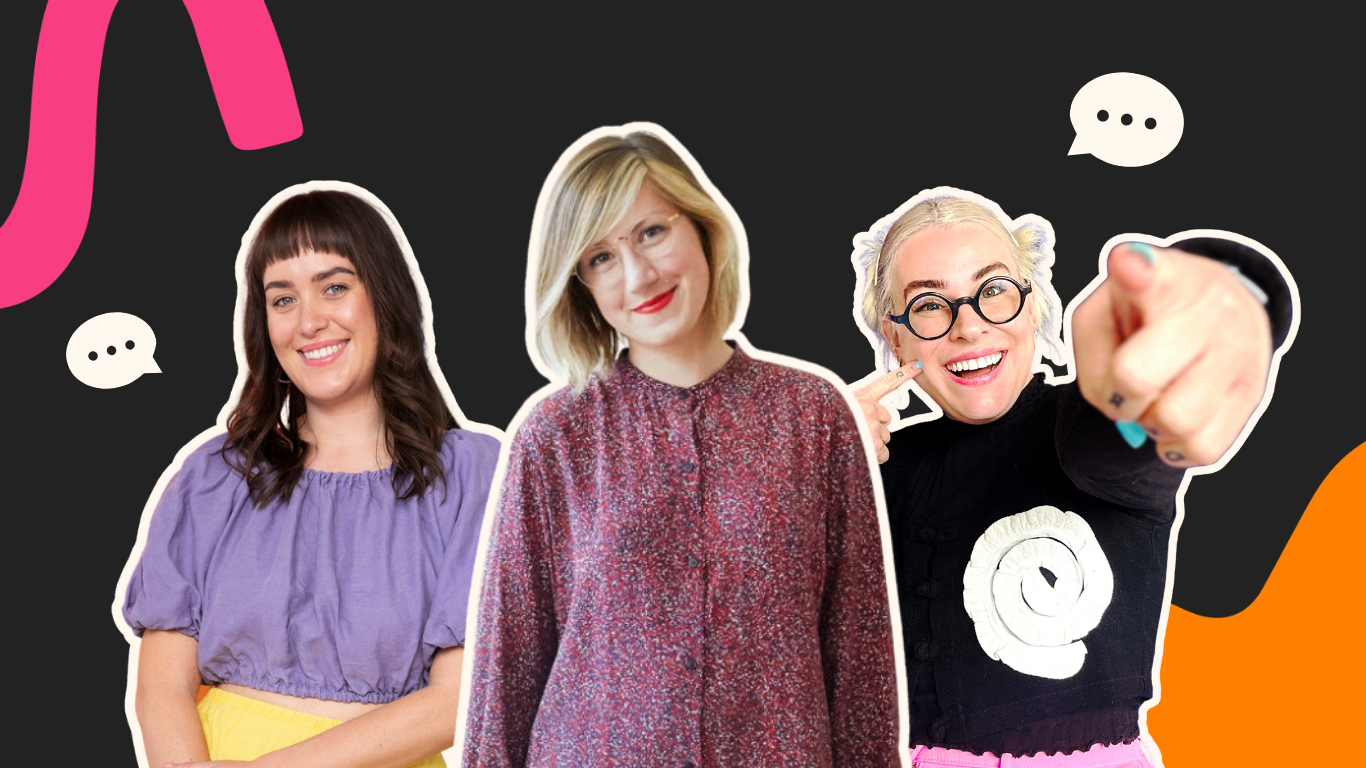The Ultimate Branding Checklist
Your go-to-branding guide is just a click away!
Which of the 7 Unique Logo Types is Perfect for You?

As Saul Bass explains, ‘logos are a graphic extension of the internal realities of a company,’ and maybe you already have one, but do you know what type of logo it is or the other options out there? Let’s explore the 7 types of logos and help you choose the right one for you and your business.
Ps. All example logos have been created by Black & White Studios, or are from my clients!
What is a logo?
A logo is defined as ‘a symbol or other small design adopted by an organization to identify its products, uniform, vehicles, etc.’ It’s a mark that can represent your company, what you do, who you are, your product or service, your customers and your values, and works as a recognisable brand element for your audience.
There are seven different types of logos, each containing typography, imagery or a combination of both, and all providing a different feel and meaning to your brand. But what’s the difference between them all, and how do you know which to choose?
The Seven Different Types of Logo
WORDMARK/LOGOTYPE
A wordmark or logotype is a logo that contains only the business’ name and focuses on typography. These logos can use pre-existing fonts, custom typefaces or hand-lettering to create a strong, unique mark that represents the business. Best used if your company has a memorable name, the wordmark is perfect for emphasizing your brand and increasing brand name recognition.



The Skopós, Karleshia & Platen wordmarks
MONOGRAM/LETTERMARK
You’ll most likely know these logos as monograms, but they can also be called lettermarks. Similar to a wordmark, monograms are typographic logos, but this time, only using initials. These are perfect for brands with long names that can be shortened to 2-4 initials in order to create a more succinct and recognisable logo.

The CLNZ monogram
BRAND MARK/SYMBOL/ICON/PICTORIAL MARK
A brand mark (sometimes known as a symbol, icon or pictorial mark) is a graphic that serves as a visual representation of a brand. Our brains process images 60,000 times faster than we process words, that’s why so many companies choose to include a glyph or visual in their logo.
A true brand mark stands alone without any text alongside it, remaining recognisable. They are usually simple, bold shapes that stand out and represent the company well.
‘The best icons are more like traffic signs than graphic illustrations’ – Susan Kare



ABSTRACT LOGO MARK
An abstract logo mark is similar to a brand mark, however instead of using a recognisable image, it is an abstract graphic form that conceptually represents a business. These marks provide an opportunity to create something truly unique that represents your business symbolically without being constrained by the connotations of an existing image.

The ConvertKit Icon
MASCOT
Many brands choose to create an illustrated character as their logo. This is called a mascot. These logos are often fun, relatable and wholesome, appealing to families and children and creating a sense of community.

The Dead Rabbits mascot
COMBINATION MARK
A combination mark is exactly what the name suggests! These logos are a combination of text and image, sometimes integrated into one form, other times seen next to one another in a cohesive lockup. This is a great way to create strong brand recognition as both your name and symbol become recognised in relation to each other, working together to boost your brand.



The Health Needs Nursing, Collateral and Nourished and Strong combination marks.
EMBLEM
Finally, the emblem is a variation on the combination mark where the font sits within a symbol or icon. With their traditional aesthetic, these logos are often seen in the form of badges, seals and crests, representing educational organisations, clubs or government agencies. They are usually intricate, detailed and can be difficult to translate across your branding if too complicated. Simple, bold emblems however, can be a powerful, professional and easily recognisable representation of your brand.

The Green Bear Coffee emblem
It only takes consumers 10 seconds to form a first impression of a brand’s logo, but it takes 5–7 impressions for consumers to recognize a logo, so you want to make sure that your logo gives a good first impression while being able to stand the test of time.
Can you identify what type of logo yours is? Or maybe you don’t have one yet but can imagine which one would be best for you? Let me know in the comments below!
Pin one of these graphics to save this post for later

November 4, 2018
Logo
more from

The undiscovered to unforgettable challenge












.svg)






